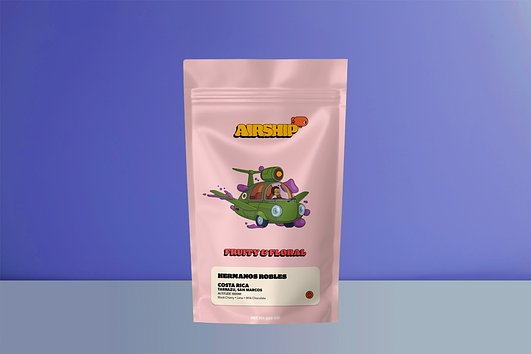Is Coffee Acidic?
Matthew Berk
• March 24, 2021
In short, yes. Coffee is acidic. But it's not acidic in the way you might think it is. Coffee, like most things we like to drink, is naturally acidic. Acids yield flavor, literally by donating protons to receptors on the tongue. That's why other common drinks such as beer, soda, fruit juice and wine are naturally acidic (and are all more acidic than coffee, in fact). Read on to understand the pH of coffee.

Defining the Acidity of Coffee
Why Coffee Makes You Feel Sick
Bean Remnants
This is the level of particulate matter (leftover bean solids) in your coffee. To minimize this:
- Use a filtered brew method with a paper filter (far better than wire mesh filters).
- Avoid using a French press, since there's no filter used and you're more likely to swallow grounds.
- You can avoid dark roasts, as dark roast coffee beans have been roasted longer and as such, are more fragile and easier to break up when being ground. However, there isn't much of a difference in the pH between dark and light roast coffees.
Caffeine
Per above, the more bean material in the brew, the more caffeine will continue to be extracted in the stomach. Caffeine generally prompts the body to produce more gastric juice. Again, brew method can make a big difference: Americanos and espressos carry less caffeine than drip.
Milk
Adding milk and its proteins to coffee will absolutely soothe the overall coffee drinking experience, but only for the palate. In the stomach, dairy proteins stimulate the production of gastric juices. In the presence of other acids, this can, for many people, be a recipe for discomfort.
Low Acidity Coffees
We want to help you make better coffee at home. Our recommendations are our own, and never sponsored. If you see something you love and buy it through our links, we may receive an affiliate commission (thanks for that!).





